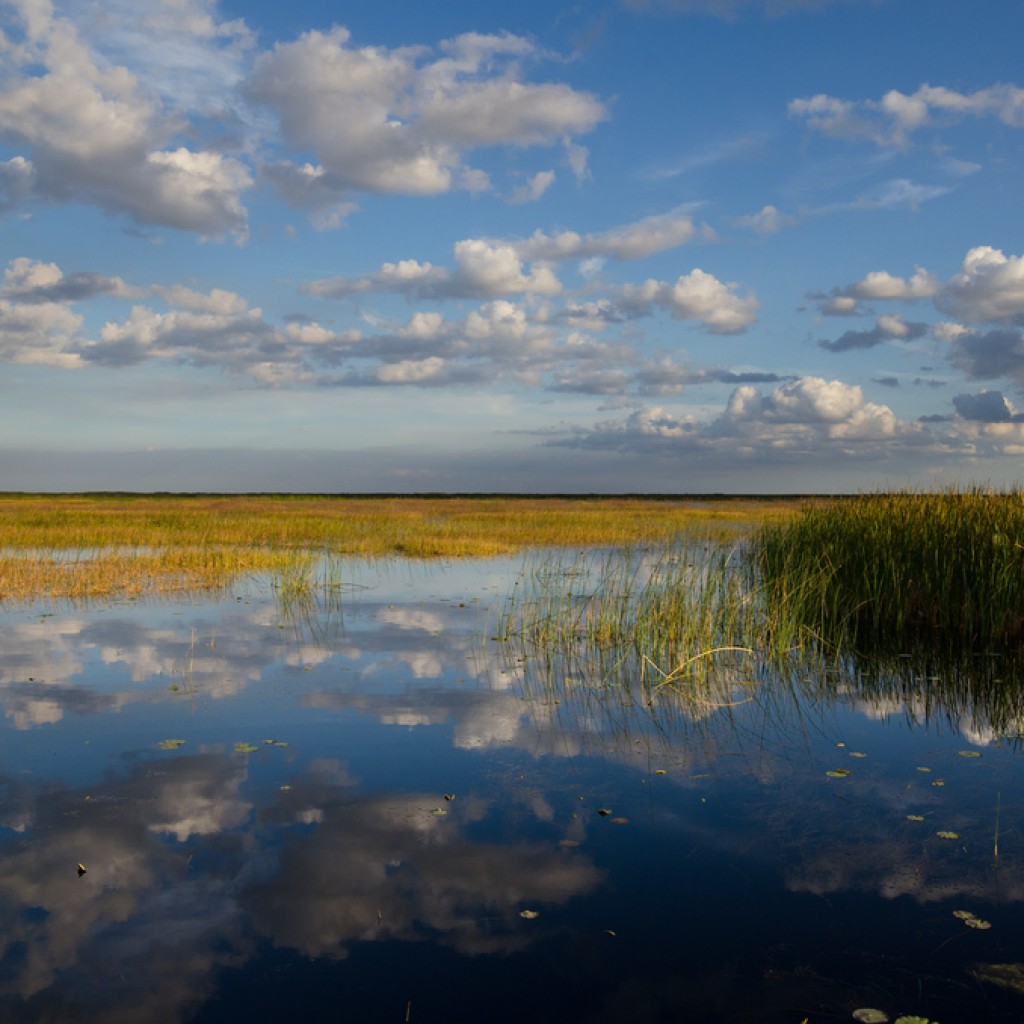
A recent Weather Channel documentary alleging Lake Okeechobee “pollution” drew a storm of controversy among Florida scientists, farmers – and at least one U.S. Congressman.
“Toxic Lake: The Untold Story of Lake Okeechobee,” an online video posted last week, gives what many call an extremely inaccurate and incomplete picture of the environmental circumstances surrounding Lake O. The nearly 11-minute video places much of the responsibility squarely on the shoulders of Florida’s sugar industry.
In the video, Weather Channel reporter Kait Parker claims she spent eight months researching the issue, concluding Lake O is “toxic” due to a “man-made calamity.” She then attributes much of this past summer’s algal bloom along the Treasure Coast to releases from the lake.
Parker also blames the phosphorus load for feeding algae blooms, an allegation directly contrary to findings in scientific research conducted by both the University of Florida and South Florida Water Management District.
In fact, scientists learned that much of the nutrient entering the St. Lucie waterway – resulting in last summer’s catastrophic algae blooms – came not from Lake O, but from the watersheds of coastal counties. Indeed, many people in in the area around and to the south of Lake Okeechobee insist the water is not only safe, but it is used frequently in homes, businesses and schools throughout the region.
One of those most bothered by the Weather Channel claims is Republican Congressman Tom Rooney.
In response to the video, Rooney, who represents parts of Lake O in Florida’s 17th Congressional District, drafted a letter Wednesday to The Weather Channel, Inc. CEO Cameron Clayton, looking to set the record straight on “Toxic Lake.”
“While I’m pleased that the Weather Channel is drawing more attention to the struggles surrounding the Lake,” Rooney writes, “I strongly disagree with their one-sided reporting on this complicated and years-long issue.”
Rooney says Lake Okeechobee in the center of one of the biggest environmental struggles in all South Florida. Floridians take environmental stewardship very seriously, and high-quality water is crucial to the state’s agriculture – especially the sugar industry.
“There is no reason to assume that our farmers and ranchers want to pollute the land upon which their livelihood depends,” Rooney says, “just as charter fishermen wouldn’t want to overfish their favorite spots.”
Several factors are involved in harmful algae blooms, which Rooney says was not fully addressed in the Weather Channel piece, including the impact of urban sprawl.
Rooney continues: “Had your coverage included findings from the South Florida Water Management District – the state run authoritative and scientifically-backed voice in water quality management in this part of the state – your piece may have cited the legitimate environmental impact of the deposits from the aging septic systems along the St. Lucie River.”
Rooney also points out another issue left unaddressed was nearly all South Florida has benefited from the altered flow of the Everglades’ ‘River of Grass,’ which, he says, provides “dry land for residents to live along the canals and shores” of both Florida’s coasts, as well as in the Everglades agricultural area.
And while Florida has made great progress at both the state and federal level to restore the Everglades, Rooney says his work is not done.
“I will continue to work with my colleagues in the House of Representatives to build upon the increased visibility the Weather Channel has brought to this issue,” he adds. “And I hope that we can all work toward a positive solution for everyone.”
According to statistics from the Army Corps of Engineers, billions of gallons of freshwater did flow east and west from Lake O during the wet summer months. However, testing by the University of Florida finds the water is no more “foul” than that coming from the Indian River watershed.
In reality, the Okeechobee News notes that scientists from the University of Florida, Harbor Branch and South Florida Water Management District each discovered Lake O water had “lower concentrations of phosphorus than the water entering that system from the basin runoff.”
The Weather Channel video failed to even mention runoff from either septic tanks or golf courses, a more likely source.





